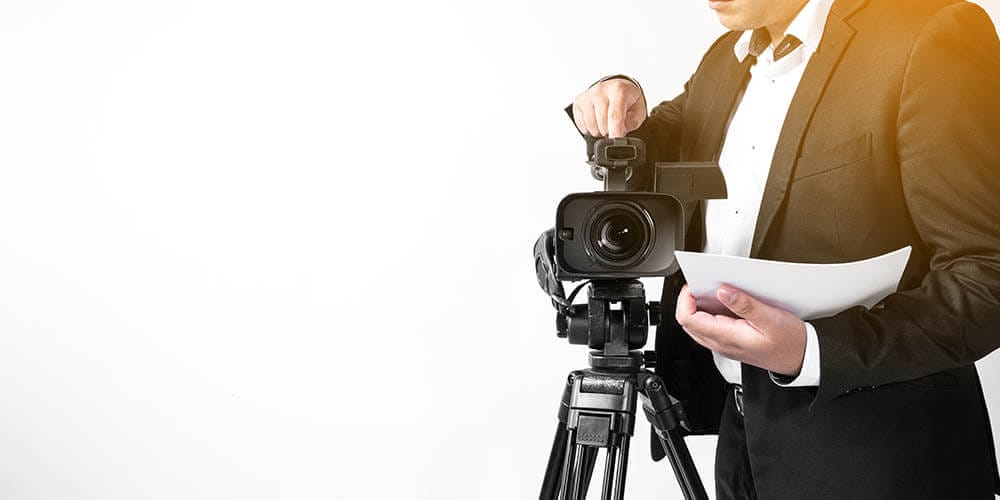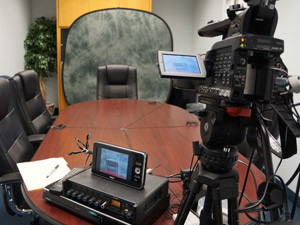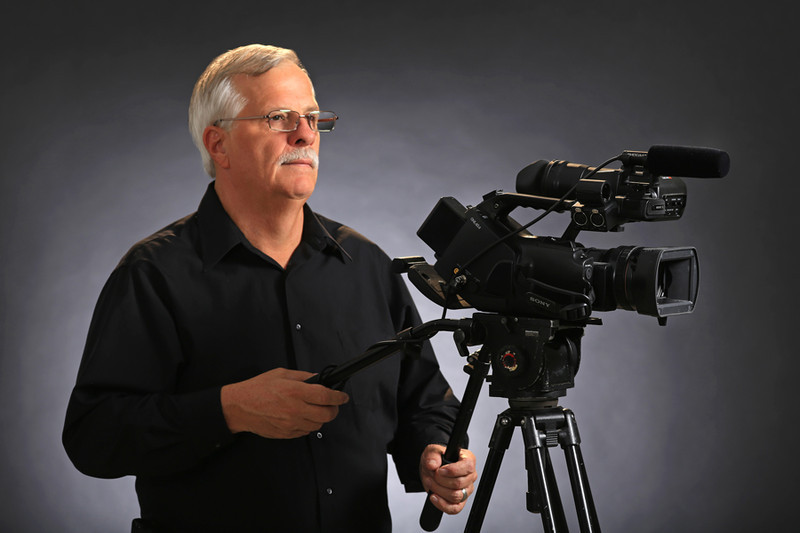Understanding the Value of Videography in Legal Process
The integration of videography right into lawful process has actually arised as a significant element in the discussion and interpretation of proof. By capturing visual components such as body language and face expressions, videography enhances the narrative surrounding witness statements and can greatly affect court perceptions.
Role of Videography forthcoming
Videography plays a significantly vital function in lawful procedures, functioning as an effective tool for offering evidence. The assimilation of video clip recordings right into the lawful structure allows for a more vibrant representation of truths, enabling courts and jurors to visualize occasions as they took place. This visual paperwork can incorporate a variety of materials, consisting of surveillance footage, tape-recorded witness testaments, and specialist presentations, all of which can considerably improve the evidentiary landscape.
One of the primary benefits of videography is its ability to capture subtleties that may be lost in composed accounts. Face expressions, body movement, and situational context can offer important insights, aiding to convey feelings and purposes that message alone can not. Moreover, the usage of video clip proof fosters a much more interesting court room experience, possibly helping jurors in understanding complicated situations.
As technology advances, the high quality and availability of videographic evidence have actually boosted, making it an integral component of modern legal practices. Courts significantly acknowledge the value of video clip as a reliable resource of information, motivating legal experts to adjust their strategies for evidence discussion. Ultimately, videography serves not just to highlight realities however also to improve the overall honesty of the judicial process.

Enhancing Integrity and Clearness
A substantial benefit of incorporating videography in legal procedures is its ability to boost both reputation and clearness of proof offered in court. Videographic proof can catch subtleties that written documents might forget, such as tone, body language, and context. This aesthetic depiction allows juries and courts to much better comprehend the scenarios surrounding the instance, thus promoting a much more exact understanding of the occasions concerned.

Additionally, the quality afforded by videography decreases the likelihood of misconception that can arise from textual summaries. This accuracy is specifically critical in intricate instances, where information can be conveniently misconstrued. Inevitably, by presenting evidence in an aesthetically accessible layout, videography not just strengthens the stability of the judicial procedure but also sustains educated decision-making by those involved in lawful process.
Influence On Jury Understanding
The incorporation of videographic evidence considerably influences court understanding, frequently leading to extra engaged and notified deliberations. Jurors are typically extra responsive to aesthetic information, which can enhance their understanding of image source intricate instances. Videography provides truths in a manner that is both engaging and easily accessible, allowing jurors to get in touch with the proof on a much more individual level.
In addition, the capacity to witness occasions as they happened can evoke psychological reactions that written records or spoken statements might fail to elicit. This psychological interaction can lead jurors to develop more powerful opinions relating to the reputation of witnesses and the total narrative of the case. The graph of proof additionally aids in making clear obscurities, making it easier for jurors to comprehend the context and importance of the info discover this info here presented.
In addition, videography can work as a powerful device for storytelling, enabling attorneys to create a persuasive narrative that resonates with the court. When jurors can imagine circumstances and witness essential moments, their ability to look at this website calculated thoughtfully and reach an educated judgment is considerably boosted, inevitably affecting the outcome of legal process.
Ideal Practices for Legal Videography
Implementing finest methods in legal videography is necessary for ensuring that visual evidence is both reputable and effective in the court room. Initially, pick competent specialists who specialize in lawful videography to guarantee the technological quality of the recordings. This includes using high-resolution video cameras and specialist sound equipment to catch clear visuals and audio.
2nd, preserve appropriate documents throughout the recording process. This involves developing a detailed log that consists of timestamps, summaries of the web content, and the identifications of all people existing. Such documentation can bolster the credibility of the video.

In addition, take into consideration using appropriate modifying methods. While it is critical to preserve the original material, small changes for quality-- such as enhancing audio levels-- can improve the general discussion without altering the substance.
Future Trends in Legal Videography
As legal videography proceeds to advance, arising methodologies and innovations are shaping the future landscape of visual evidence in the court room (Legal Videography). One substantial fad is the assimilation of high-definition and 4K video clip high quality, boosting the clearness and detail of tape-recorded testaments and evidence. This improved resolution aids jurors in thoroughly assessing the reputation of witnesses and the nuances of the here and now materials
Additionally, using man-made knowledge (AI) in video evaluation is acquiring traction. AI tools can aid in identifying essential moments in video footage, producing transcripts, and also analyzing non-verbal interaction, which offers much deeper understandings right into witness reputation. Digital reality (VIRTUAL REALITY) and enhanced truth (AR) are poised to transform how evidence is presented, allowing jurors to submerse themselves in crime scenes or scenarios, therefore promoting a much more extensive understanding of the context.
Final Thought
In summary, videography offers as a vital tool in lawful proceedings, improving the presentation of proof and improving the overall understanding of instances. By recording non-verbal cues and boosting the integrity of witness accounts, videography substantially influences jury understanding and decision-making processes - Legal Videography. Sticking to finest techniques makes sure the effectiveness of lawful videography, while arising trends promise to further increase its function in the judicial system, ultimately promoting an extra enlightened and involved legal environment
Videography plays an increasingly vital duty in legal procedures, offering as a powerful medium for presenting evidence.A significant benefit of including videography in legal proceedings is its capacity to enhance both integrity and quality of proof offered in court. Ultimately, by presenting proof in a visually easily accessible style, videography not only reinforces the honesty of the judicial process but also supports enlightened decision-making by those entailed in lawful procedures.
In summary, videography serves as an indispensable tool in lawful process, boosting the discussion of evidence and enriching the overall understanding of situations. Legal Videography. Adhering to ideal methods guarantees the effectiveness of lawful videography, while arising patterns promise to more increase its role in the judicial system, ultimately fostering a more enlightened and involved lawful atmosphere